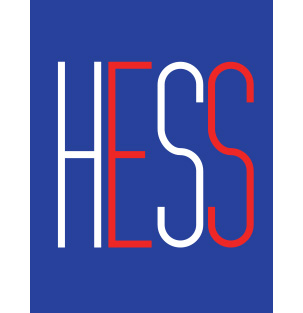News

Choosing the Right Heat Exchanger for Your Industry
Choosing a heat exchanger isn’t just about picking a piece of equipment — it’s about matching the right design to your process, operating conditions, and budget. The right choice can deliver 10–20% higher thermal efficiency, extend service life by years, and reduce operating costs significantly.
Plate & Frame Heat Exchangers Best for: Food & beverage, HVAC, chemical processing with moderate pressures. Efficiency: Up to 90–95% heat transfer efficiency due to large surface area. Pressure Range: Typically up to 25 bar (360 psi). Temperature Limit: Around 150°C (300°F), depending on gasket material. Maintenance: Easy to open for cleaning — ideal for processes prone to fouling. Downside: Gaskets limit use in very high temperature or aggressive chemical environments. Shell & Tube Heat Exchangers Best for: Power generation, oil & gas, high-pressure steam applications. Efficiency: 70–85% efficiency; better for very high pressures than for maximizing thermal performance. Pressure Range: Can exceed 100 bar (1,450 psi). Temperature Limit: 500°C (930°F) or more with proper materials. Maintenance: More robust but harder to clean; may require chemical cleaning. Downside: Larger footprint and higher upfront cost. Air-Cooled Heat Exchangers Best for: Remote locations or where water is scarce. Efficiency: 50–70% — less than liquid-based systems, but zero water consumption. Pressure Range: Similar to shell & tube designs, depending on build. Maintenance: Fans and fins require regular inspection to maintain performance. Type Best For Efficiency Pressure Range Temperature Limit Maintenance Plate & Frame Food & beverage, HVAC, chemical processing 90–95% Up to 25 bar (360 psi) ~150°C (300°F) Easy to open and clean; gasket replacement as needed Shell & Tube Power generation, oil & gas, steam 70–85% 100+ bar (1,450+ psi) 500°C+ (930°F+) Durable but harder to clean; often needs chemical cleaning Air-Cooled Remote sites, water-scarce locations 50–70% Varies; similar to shell & tube ~200°C (390°F) typical Fans and fins require regular inspection How to Decide Match to Media: Corrosive chemicals? Go with titanium plates or exotic alloys in shell & tube. Think Cleaning: If fouling is frequent, plate & frame offers quick disassembly and cleaning. Consider Footprint: Plate & frame is compact; shell & tube takes more space. Balance Cost vs. Longevity: Shell & tube costs more upfront but may outlast plate & frame in extreme environments. Bottom line: Selecting the right heat exchanger means balancing efficiency, pressure and temperature requirements, maintenance demands, and budget. The wrong choice can cost more in downtime and energy bills than the unit itself.

